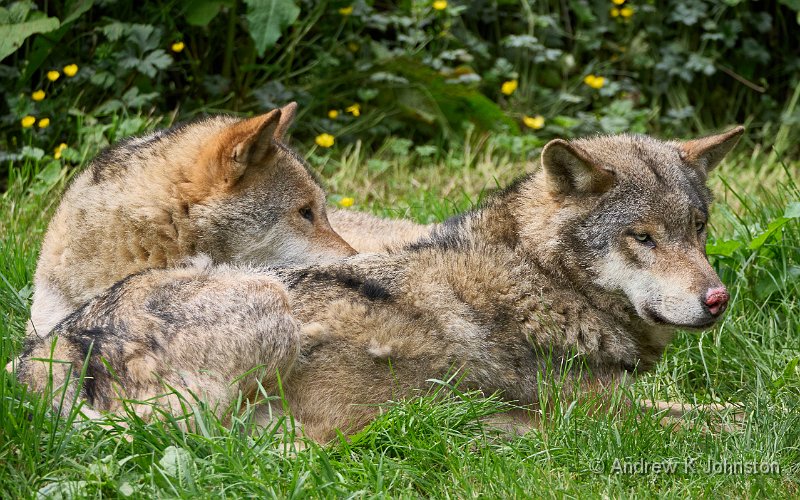
| Wolves at Longleat | |
| Camera: Panasonic DC-G9M2 | Date: 29-05-2025 11:44 | Resolution: 5112 x 3195 | ISO: 800 | Exp. bias: 0 EV | Exp. Time: 1/800s | Aperture: 5.1 | Focal Length: 200.0mm (~400.0mm) | Lens: LEICA DG 100-400/F4.0-6.3 | |
After what seems like a long gap (including retirement and an operation) but was in fact only about 9 months, I’m back on my travels. This time I’m in South Africa, on safari. A group led by Lee Frost will be taking over Zimanga, a private game reserve north of Durban, for a week. If all goes according to plan we’ll see lots of different African wildlife, and come back with copious quantities of memory cards filled with stunning images. Fingers well and truly crossed.
One of the challenges of relatively short photographic trips is that it’s very easy to spend the first couple of days “coming up to speed” and getting back into the groove of taking varying and artistic but technically correct photos. Worst case you may find that you have forgotten how to drive your equipment, especially if some of it is relatively new to you, but it’s not uncommon to find that you are missing opportunities simply because you’re not seeing them and reacting quickly enough. Between some equipment changes, the technical challenges of wildlife photography, and the fact that I had done very little photography over the winter, I felt this was a real risk for me.
We therefore decided that I should do a couple of “warm up” exercises in the weeks coming up to the trip. In terms of physical preparation I decided to invest in a second-hand Panasonic 100-400mm lens, for some extra reach, and swapped my old Panasonic GX8 for a used G9, to better accompany my G9ii main body and enable swapping backwards and forwards between the two bodies rather than constantly changing lenses. To make this work I also had to rethink bags, but found in my collection an old Lowepro shoulder bag which is comfortably large enough to hold the two bodies side by side.
So now all I had to do was check and familiarise myself with some new equipment, get used to a new way of working, and tune back in to photographing animals. Easy…
Shakedown 1 – Longleat
Frances came up with the brilliant idea of a day at Longleat, photographing their big cats, so I signed up for the “Big Cat Photography Experience”. This turned out to be a great kit shakedown (even the old model 100-400mm lens is brilliant as long as you haven’t accidentally switched stabilisation or autofocus off, GRR) and good for getting my eye in. I’m very pleased with some of the results, but may need to put some tape over the new lens’ controls.
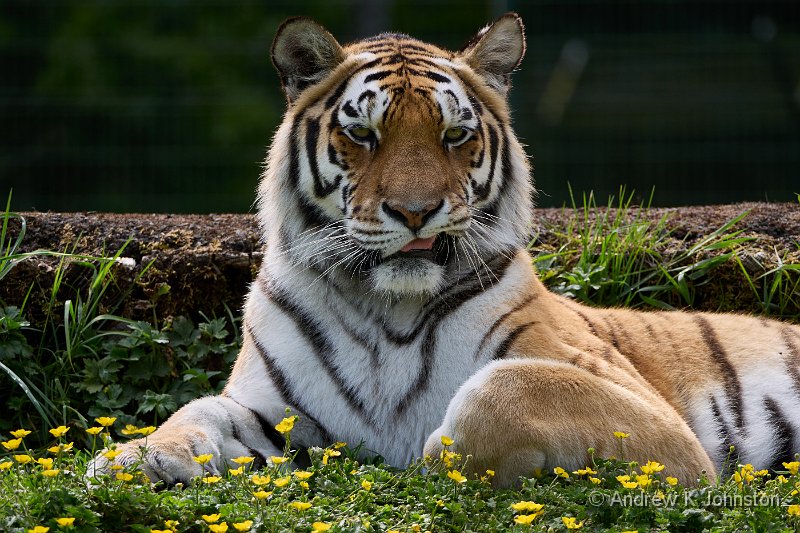
| Not African, but definitely a big cat (Show Details) |
As well as the requisite lions and tigers we also saw wolves, Bactrian camels and African cattle.
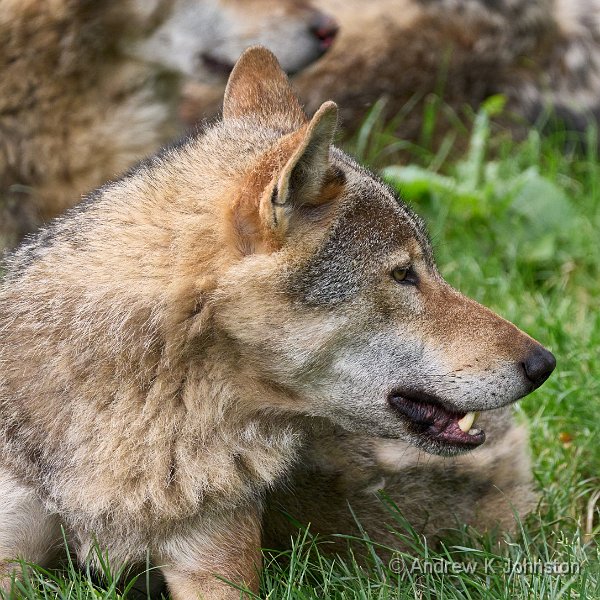
| Not African or a cat, but the 100-400mm lens definitely works (Show Details) |
It has to be said that the Longleat staff were absolutely superb. The Big Cat Experience is limited to a handful of attendees, and in my case I had a whole seat row to myself so I could shoot out of both sides of the vehicle. The guide was both very knowledgeable about the animals, but also about the needs of photographers and was happy to reposition our vehicle, off road if necessary, to get the best shots. We were also able have the windows down to avoid internal reflections, not allowed if you’re driving yourself. Away from the big cats, the staff also went out of their way to make sure Frances was appropriately occupied on a tour of the house. 10/10.
Shakedown 2 – London Concours
Independent of my safari, we’d also booked to attend the London Concours, a supercar “show and tell” at the Honourable Artillery Company grounds in central London. As my “new to me” G9 hadn’t turned up before the Longleat trip, I decided to use the concours as a test bed for the G9, accompanied by the cheaper and smaller lenses which work both as my “social” kit and as spares for the larger lenses if any should fail on location.
The only issue was the inclement weather, but between showers I added Jaguars, Bulls and Prancing Horses to the score. No kit issues, but it reminded me that while the G9 may be less ultimately capable than the Mark II, it’s actually a nicer handling piece of kit, and not much of a compromise 90% or more of the time.
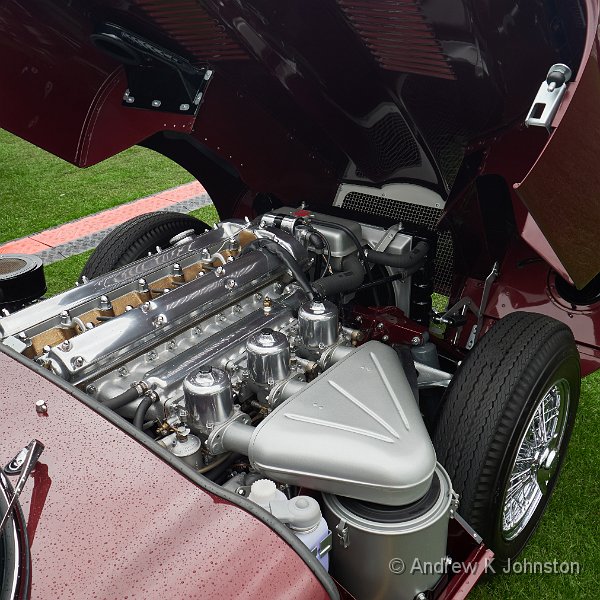
| Jaugar! (Show Details) |
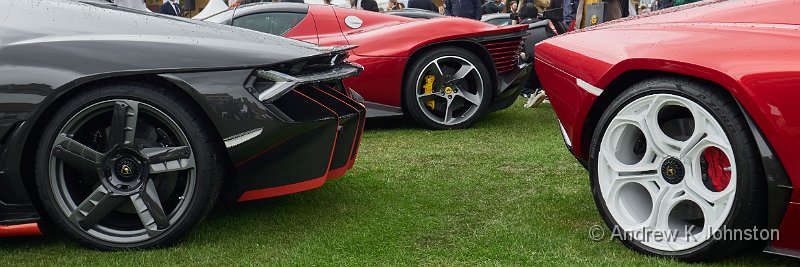
| Bulls and Prancing Horses (Show Details) |
Shakedown 3 – The Hidden Forest
The trip finally arrives.
As is usual, I travelled out a day early so I could recover a bit before getting cracking. My flight out was fairly uneventful, but with some interesting contrasts. Heathrow T3 now has the integrated scanners, so you don’t have to take half your luggage out of your bags at security, but the process is anything but! It took about 20 minutes to process a queue of less than 10 people. My new metal hip didn’t set anything off, but the hanky & wipes in my trouser pocket did… By contrast in Johannesburg I had to collect and recheck my baggage (quick and painless), and then joined a security queue at least 100 long. I was prepared for a long wait, but the staff were very efficient and after no more than 15 minutes I was through the check into domestic departures. Heathrow take note…
After an excellent brunch of a Wagu burger and red ale at the “Airport Craft Brewery” (also 10/10), my second flight was also uneventful, but somehow managed to shave 25 minutes off a scheduled 1h10, so I had a bit of a wait while the taxi arrived. Eventually I arrived at the hotel in Ballito, and had dinner with the other early arrivals, Sue and Chris. Sue said we should try and find something to photograph on our first morning, and came up with the excellent suggestion of the local primate sanctuary, formerly “Monkeyland” but now the more elegant “Hidden Forest”.
Good choice. We had a guide who was not only friendly and knowledgeable but had the requisite eagle eyes to spot a tiny monkey up a tree 20m away, and got to see a number of species. With low light levels it was technically tricky, but I’m pleased with some of my results.

| Lemur in the branches (Show Details) |
There was one sad little aspect. The Hidden Forest is a rescue sanctuary, populated mainly with monkeys and lemurs who have been rescued from the pet trade. One of these was a tiny capuchin monkey who followed us around the whole time, mewing like a cat and taking every opportunity to lie, submissive, in front of our group, waiting to be picked up and petted. He’s clearly an ex-pet who appreciates human company, but now he’s in the sanctuary that’s not allowed. Hopefully over time he’ll adjust and fit in with his fellow capuchins.
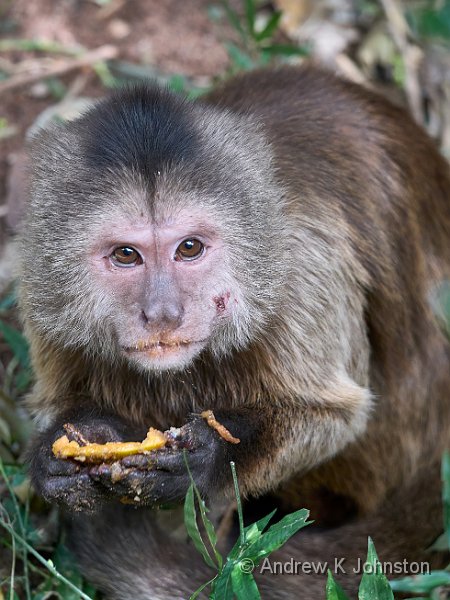
| Sad capuchin ex-pet (Show Details) |
Tomorrow we’re off to Zimanga and the safari proper begins!
 Thoughts on the World (Main Feed)
Thoughts on the World (Main Feed) Main feed (direct XML)
Main feed (direct XML)